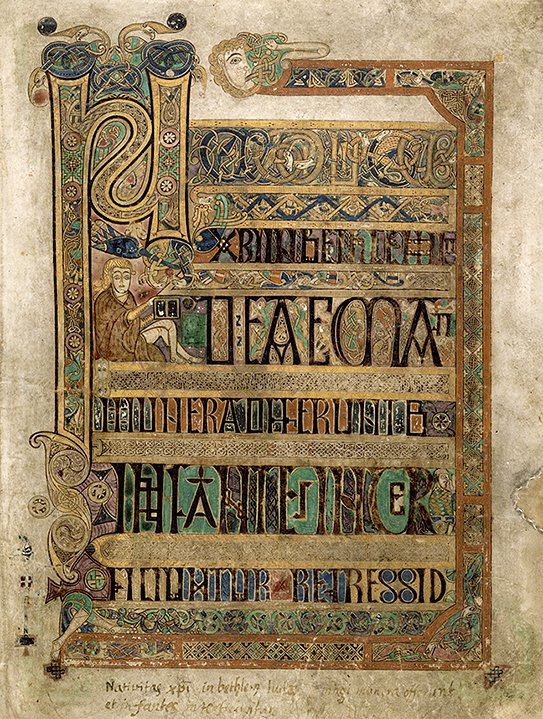Home / History / Irish History / The Book of Kells: Exploring an Irish Medieval Masterpiece / The script in the Book of Kells
This article is from the free online
The Book of Kells: Exploring an Irish Medieval Masterpiece


Reach your personal and professional goals
Unlock access to hundreds of expert online courses and degrees from top universities and educators to gain accredited qualifications and professional CV-building certificates.
Join over 18 million learners to launch, switch or build upon your career, all at your own pace, across a wide range of topic areas.

 Fig 1. Insular letter forms compared with contemporary ‘Roman’ forms
Fig 1. Insular letter forms compared with contemporary ‘Roman’ forms



 Fig 5. Example of display script from
Fig 5. Example of display script from 





